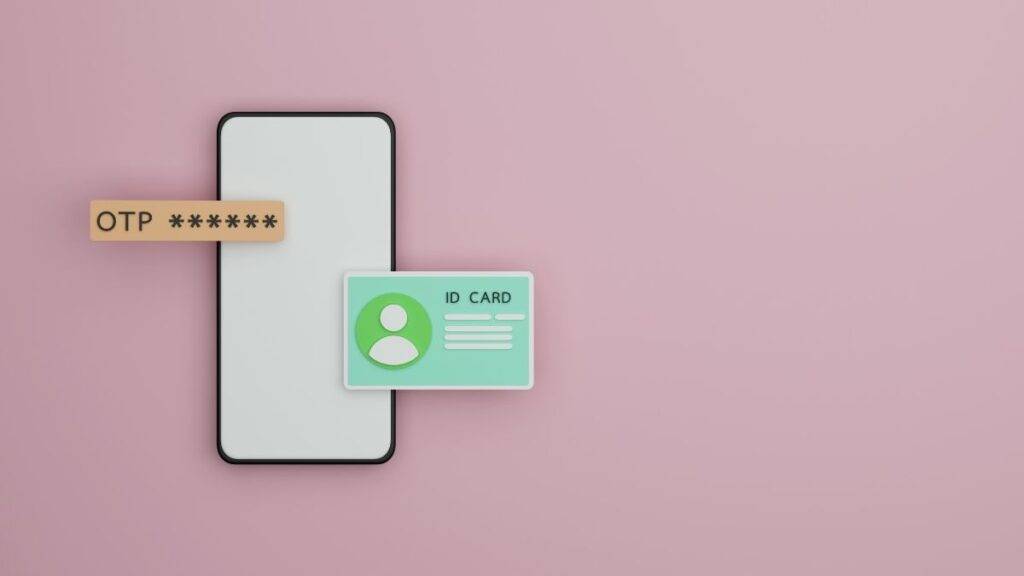Hey Buddies! A buddy asked me about OTPs the other day, and I thought I’d share my take on why they’re always 6 digits. As a 20-year-old tech enthusiast, I’ve used countless OTPs for everything from banking to social media. So, let’s dive into this topic!
What’s an OTP?
First off, OTP stands for One-Time Password. It’s that random code you get via text or email when you’re logging into an account or making an online payment. The cool thing? It’s used only once, hence the name.
Why 6 Digits?
You might wonder, “Why not 4 or 8 digits?” Well, there’s some smart thinking behind the 6-digit choice:
- Security Level: With 6 digits, there are a million (10⁶) possible combinations. That’s a lot! A hacker trying to guess your OTP would have to be super lucky or have a lot of time on their hands.
- Human Memory: Our brains are wired to remember chunks of 5 to 9 items easily. This is called the “magic number 7” in psychology. So, a 6-digit OTP fits perfectly in our short-term memory.
- Typing Speed: Shorter codes like 4 digits are quicker to type but less secure. Longer ones like 8 or 10 digits are safer but a pain to type, especially on a phone. Six digits hit the sweet spot—secure yet easy to type.
- Screen Space: Most phones show the OTP in the notification bar. A 6-digit number fits nicely without getting cut off.
How Does It Work?
When you request an OTP:
- The server generates a random 6-digit number.
- It sends this number to your phone or email.
- The server also keeps a copy, along with a timestamp.
- When you enter the OTP, the server checks if it matches and isn’t expired.
Simple, right? But there’s more to it!
Time-Based OTPs (TOTP)
Some apps use TOTP, where the OTP changes every 30 seconds. How? Your phone and the server share a secret key. They use this key and the current time to generate the same 6-digit code. This method is super secure because even if someone sees your OTP, it’ll be useless in 30 seconds!
Is 6 Digits Always Enough?
Usually, yes. But for super high-security stuff like million-dollar transactions, some banks use 8 or even 10-digit OTPs. It’s like having more locks on your bank vault.
What if Someone Steals My OTP?
Good question! OTPs are designed to be useless if stolen:
- One-Time Use: Once used, that OTP is dead. The next login needs a new one.
- Time Limit: Most OTPs expire in 5-10 minutes. After that, they’re just random numbers.
- Device Binding: Some systems tie the OTP to your specific device. If someone tries to use your OTP on their phone, it won’t work.
The Human Factor
OTPs are strong, but the weakest link is often us, the users:
- Phishing: Bad guys might trick you into giving your OTP on a fake website.
- Social Engineering: They could call, pretending to be your bank, asking for your OTP.
Always remember: Never share your OTP with anyone, not even if they say they’re from your bank or the government.
Beyond 6 Digits
While 6-digit OTPs are the norm, there are other cool security methods:
- Biometrics: Using your fingerprint or face to unlock apps.
- Hardware Tokens: Small devices that generate codes.
- Push Notifications: Just tap “Approve” on your phone.
These are awesome but not as widespread as our trusty 6-digit OTP.
Discover: Finding Your Amazon Storefront
Wrapping Up
So there you have it! The 6-digit OTP is a smart mix of high security and user-friendliness. It’s not just a random choice but the result of balancing math, psychology, and usability. Next time you type in that 6-digit code, you’ll know there’s a lot of thought behind those numbers.
Stay safe online, Buddy! And remember, your OTP is like your toothbrush—don’t share it with anyone! 😄


